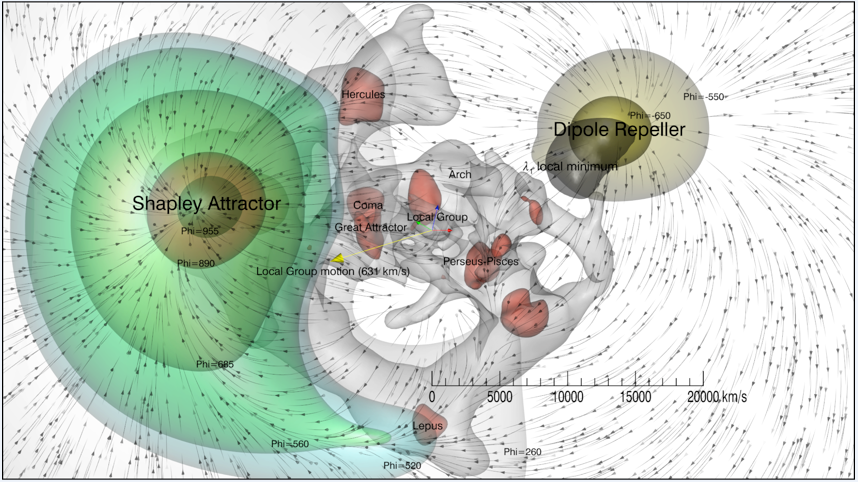The COAST project (Computational ASTrophysics) is a program of massively parallel numerical simulations in astrophysics involving astrophysicists and software engineers from CEA / Irfu. Visualizing the huge amount of data produced in these simulations is a big problem: visualization tools have been developed to analyze these simulation results for cosmology and formation of galaxies, the interstellar medium and the magneto-hydrodynamics of the stars performed with local simulation codes.
Due to the complexity, geometry or size of the simulations, the simulation codes use different numerical techniques, regular or adaptive meshes as Adaptive Mesh Refinement (AMR) , spherical coordinates or multi-meshes embedded in the simulation. The post-processing software, and in particular the visualization software tool, must fulfill all these requirements.
Two interfaces have been developed for the interactive, immersive and three-dimensional visualization of these large complex data sets: the SDvision code for the analysis of all the data coming from the simulation codes of the Department of Astrophysics as well as the PYMSES code for optimized processing of data from AMR-type RAMSES code.

The SDvision code has been adapted to establish a Local Universe cosmography, based on multiple data products including redshift catalogs, special speed catalogs, and reconstructed density and velocity fields. Using the various visualization techniques proposed by our software, based on multicore computation and OpenGL hardware acceleration, we have created maps showing the structure of the Local Universe; voids, clusters of galaxies, filaments and walls are identified and named.

Development of a new database:
Galactica is a new astrophysical simulation database for COAST members and their collaborators. This web application is generic and is designed for digital projects in the various fields of scientific activities of the COAST group. It gives COAST members the ability to edit the content of the website to publish the details of their digital project, present their scientific results and provide open access to their simulation data.
